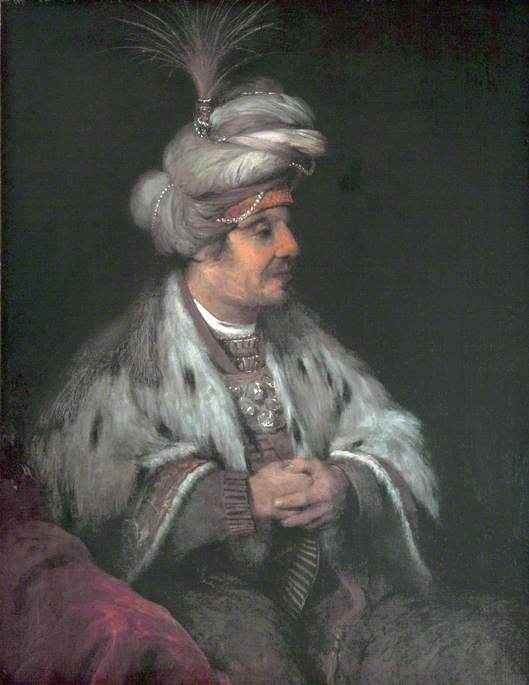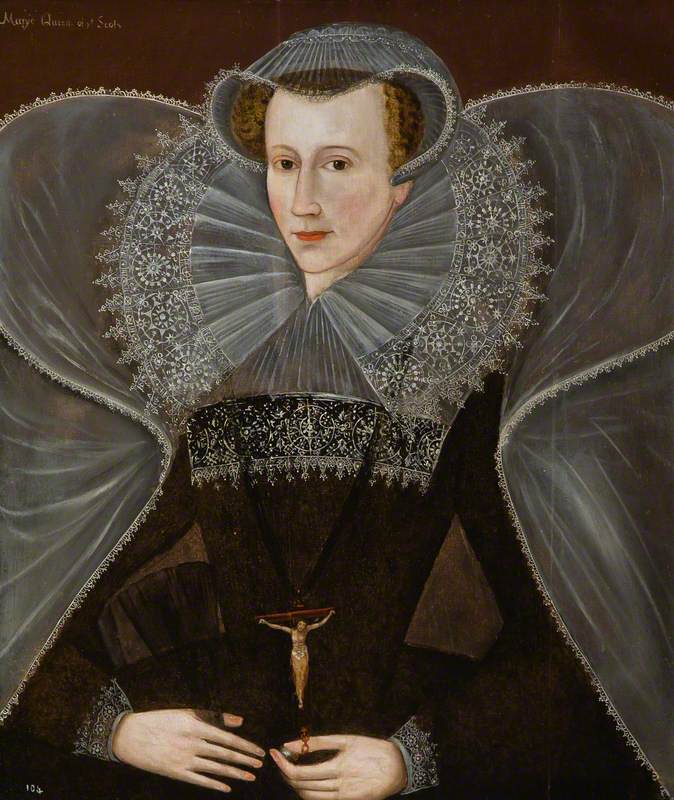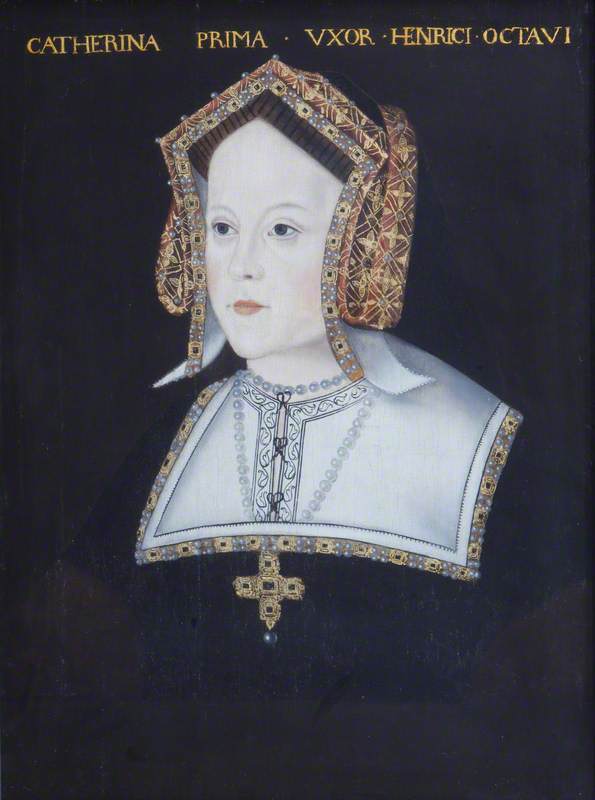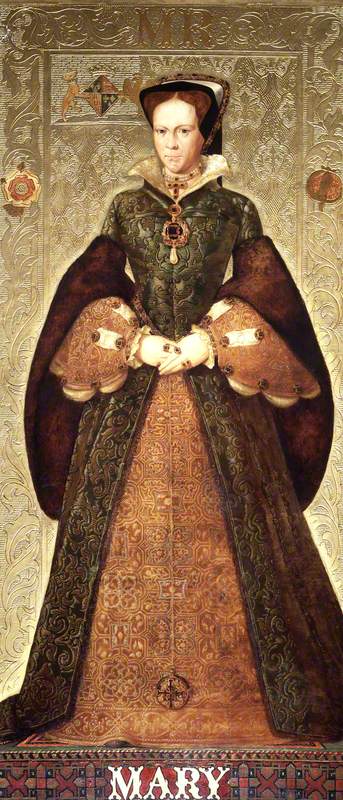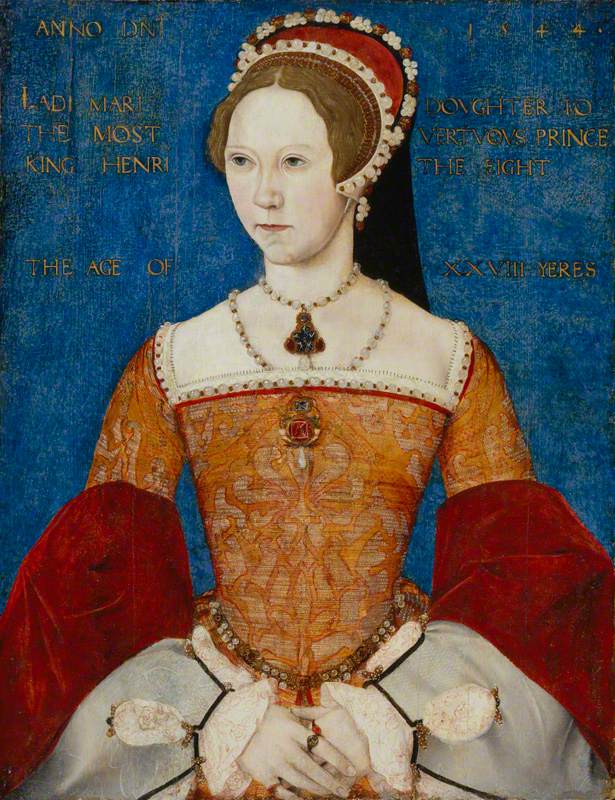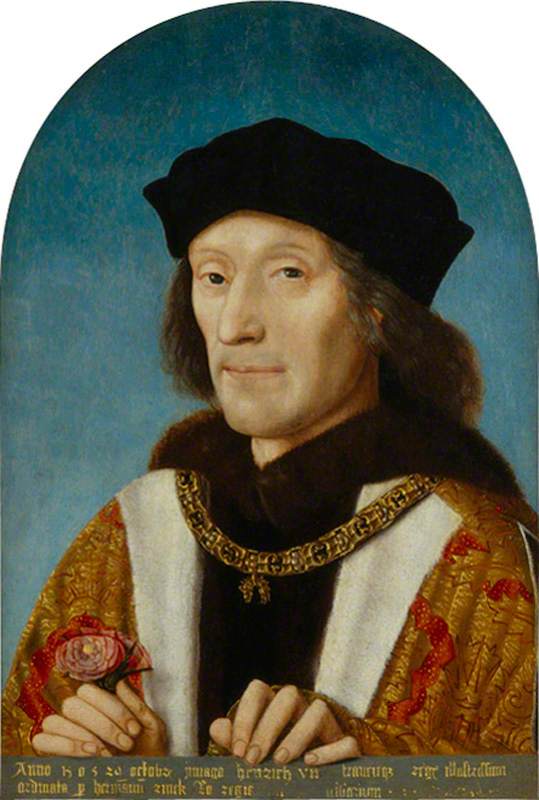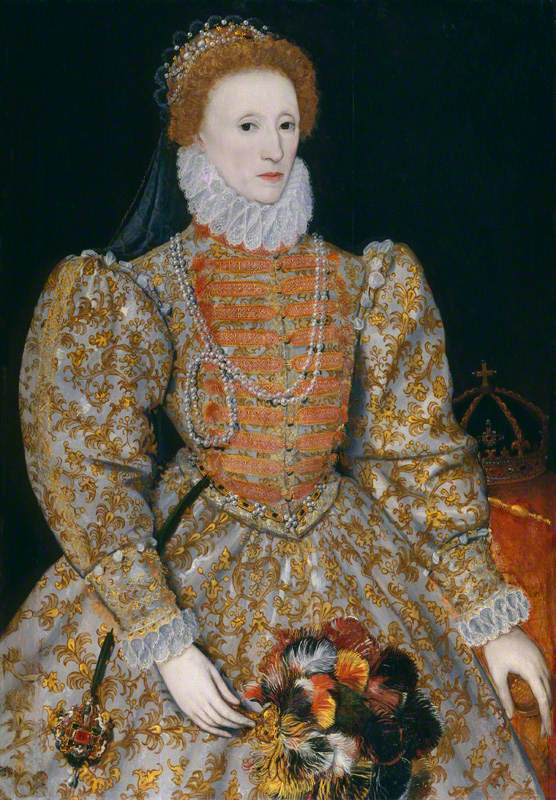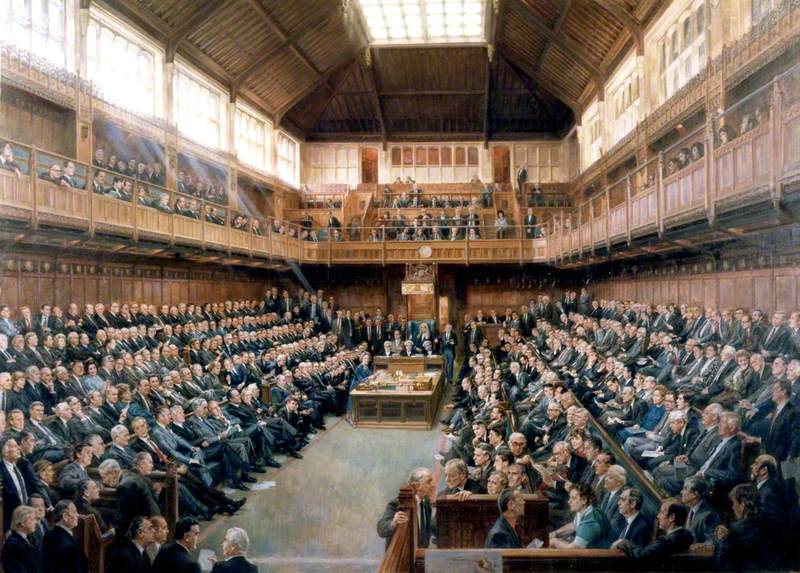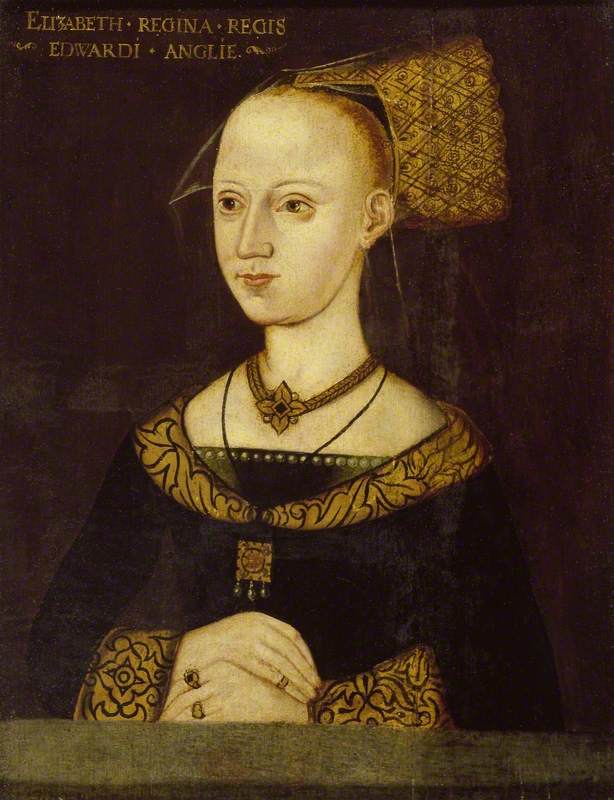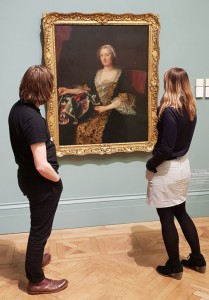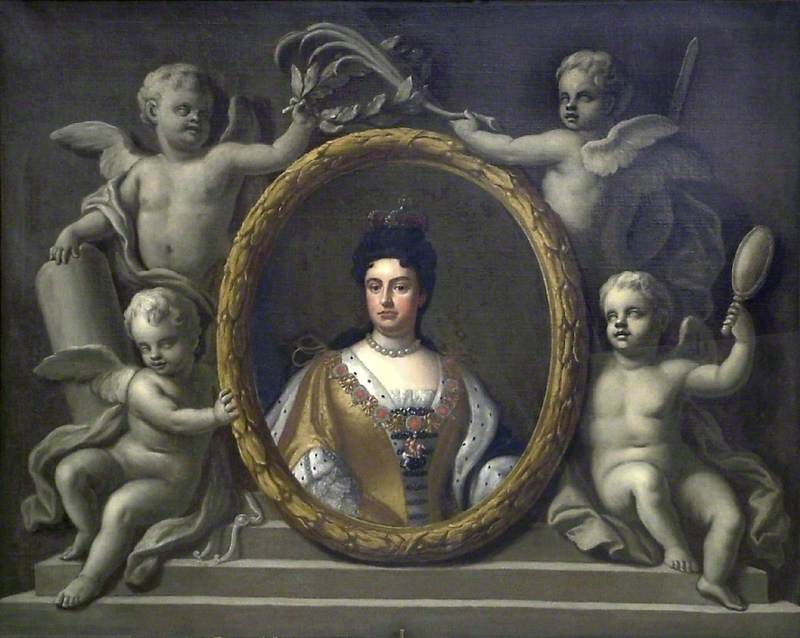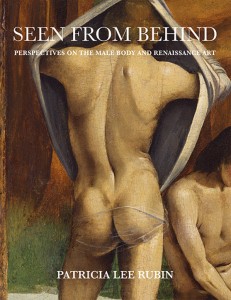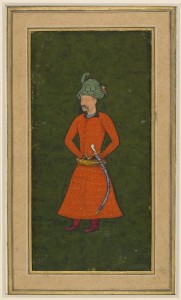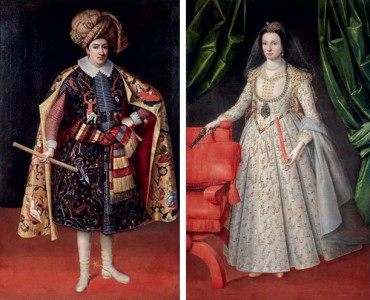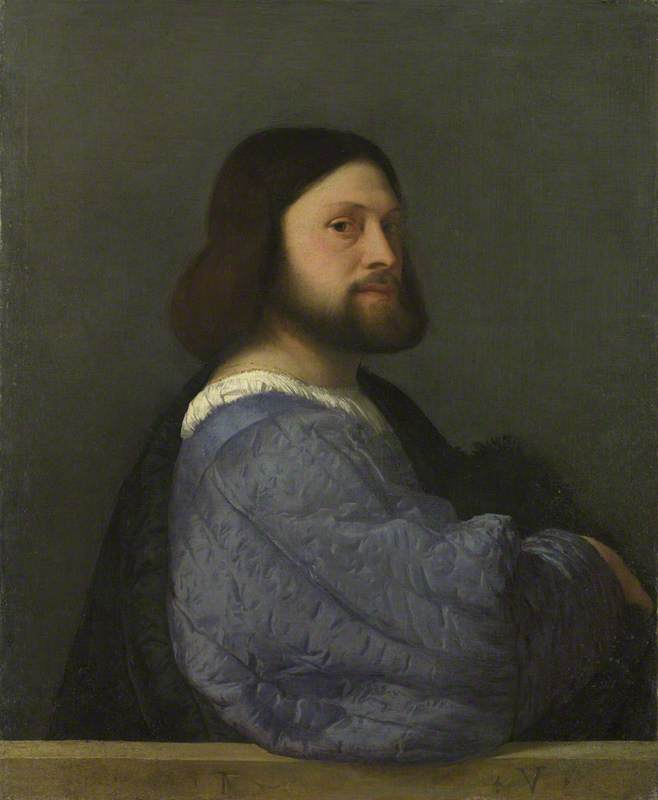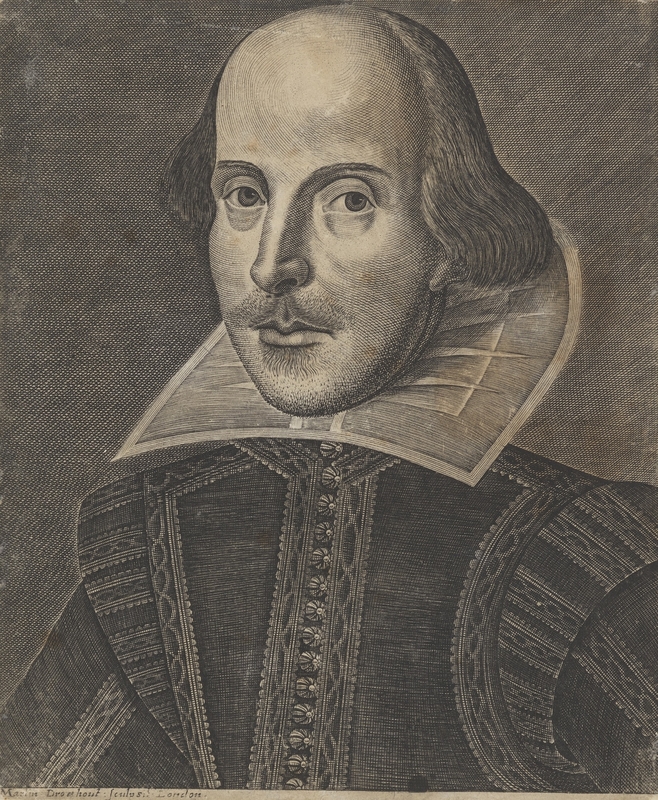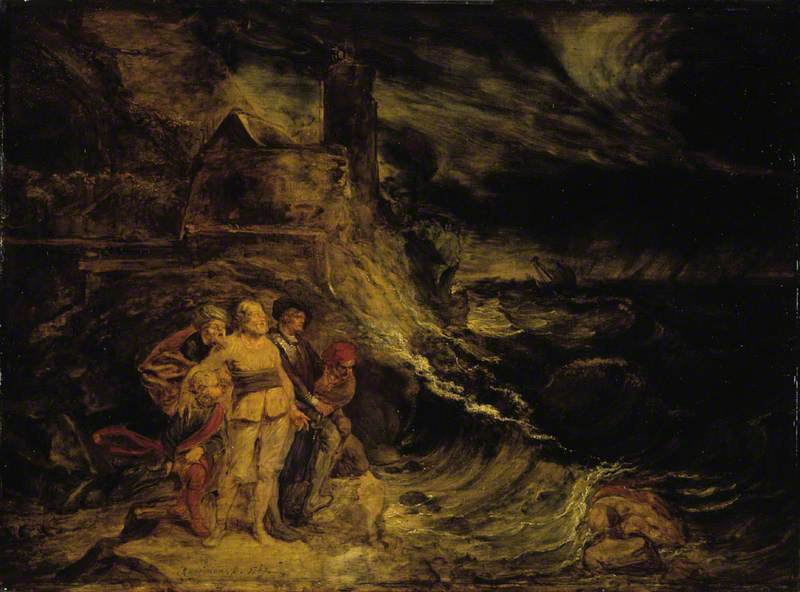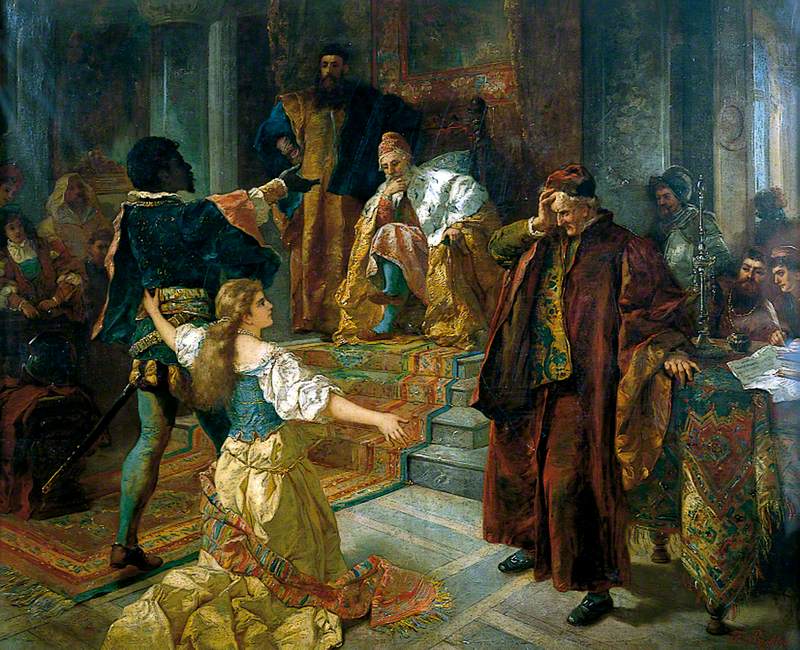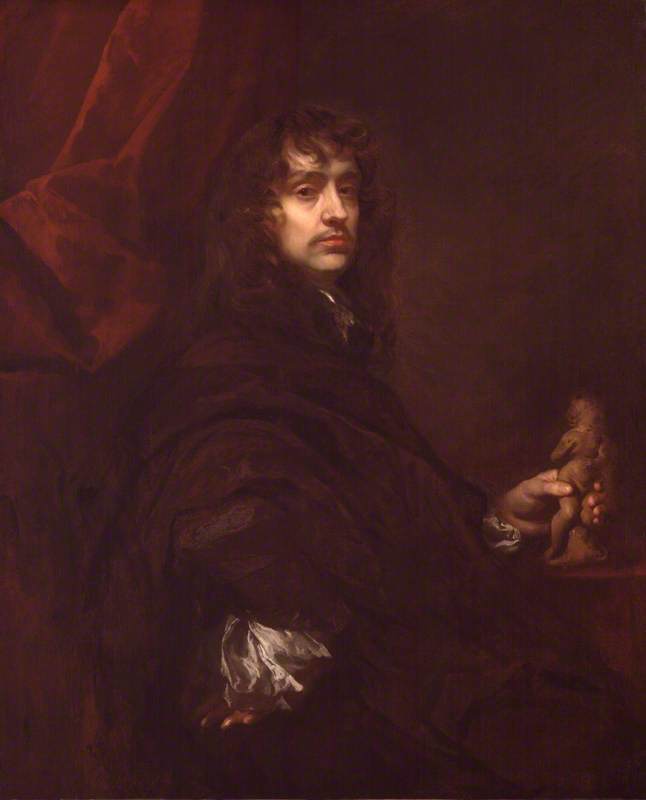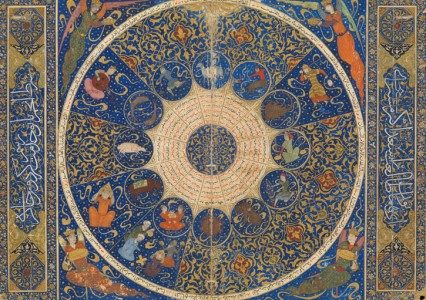Diplomacy was – and still is – central to maintaining good relations between countries. Yet, visiting ambassadors were usually thrown into courts where the general customs and rules were far different from those of their home country.
A European Ambassador in the Second Court of the Topkapi Palace
c.1740
Antonio Guardi (1699–1760) (and studio) 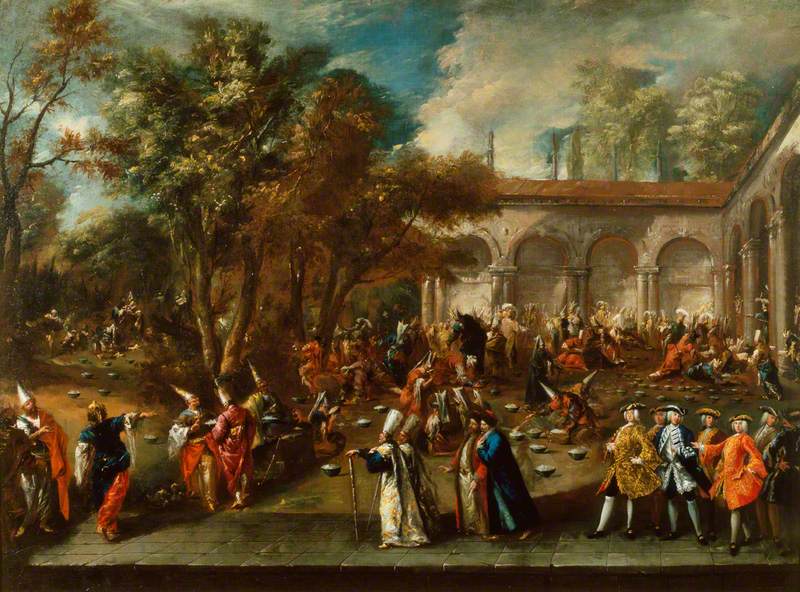
Therefore, it was very important that ambassadors – who had direct access to the monarch of their assigned country – swiftly learn these customs and rules in order to be efficient and effective in their diplomatic endeavours.
Representations of diplomatic audiences reveal these cultural differences, as well as the power dynamics that existed between monarchs and diplomats.
On 21st December 1603, Baltasar de Zúñiga – the 41-year-old Spanish ambassador sent by Philip III of Spain – arrived at the French court. He had come from Brussels, where he'd spent his first years as an ambassador to the co-Governors of the Spanish Netherlands, the Archduke Albert VII and the Spanish Infanta, Isabella Clara Eugenia.
Isabella Clara Eugenia of Austria (1566–1633), Infanta of Spain
16th C–17th C
Frans Pourbus the younger (1569–1622) (by or after) 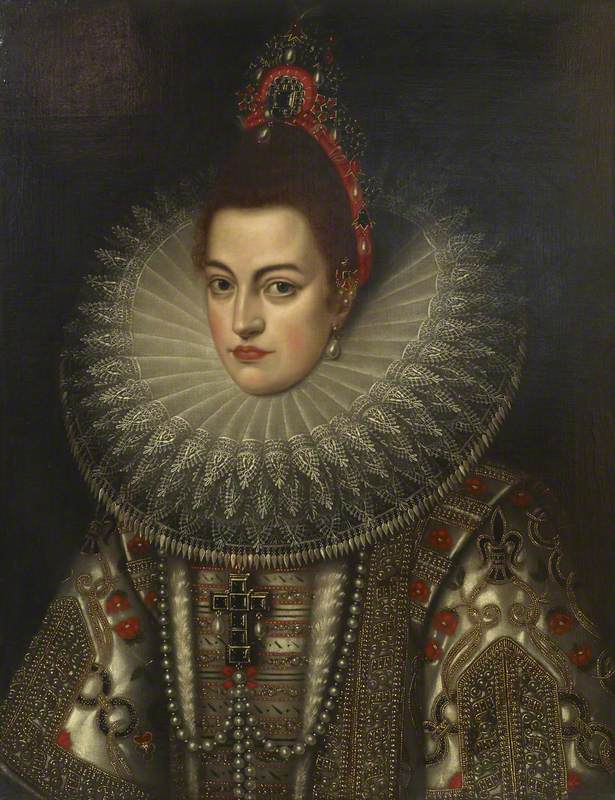
His relations with Henri IV of France were often strained due to the defiance that existed between the two realms, and because of the difficulties they had previously encountered with reaching good trade relations.
In this painting – a nineteenth-century preparatory study by Ingres based on an eighteenth-century (and possibly apocryphal) story – another dynamic is revealed to the public.
Henry IV, the Dauphin and the Spanish Ambassador
c.1817
Jean-Auguste-Dominique Ingres (1780–1867) 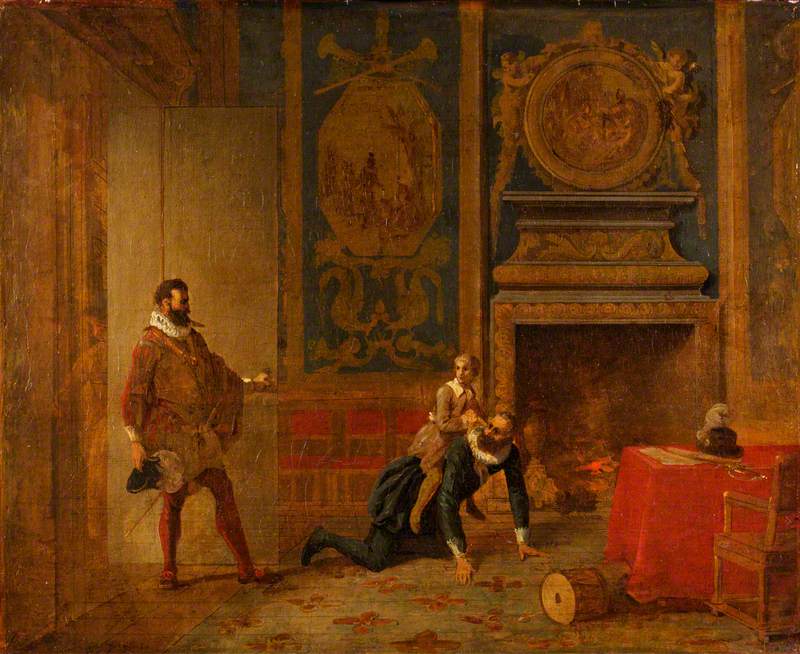
Henri IV is depicted as joyfully playing with his eldest son, the Dauphin, the future Louis XIII of France, and it seems as if the Spanish ambassador is interrupting this special moment between father and son.
More importantly, because of the portrayal of Henri IV crawling on his hands and knees with his son on his back, the viewer has an impression of the inadequacy of such a stance when there is a diplomatic audience.
Zúñiga, on the other hand, is standing tall, looking regal and professional. It also illustrates that Henri was not, in fact, taking his audiences with the Spanish ambassador seriously – feeding into the idea that Franco-Spanish relations were difficult at that time.
In another nineteenth-century portrait with another Spanish ambassador – this time, Íñigo de Cárdenas – the king is once more portrayed playing with his children while Marie de' Medici, Henri IV's wife, is sitting in the corner of the room, supervising her children's playtime with their father.
Henri IV and the Spanish Ambassador
c.1827
Richard Parkes Bonington (1802–1828) 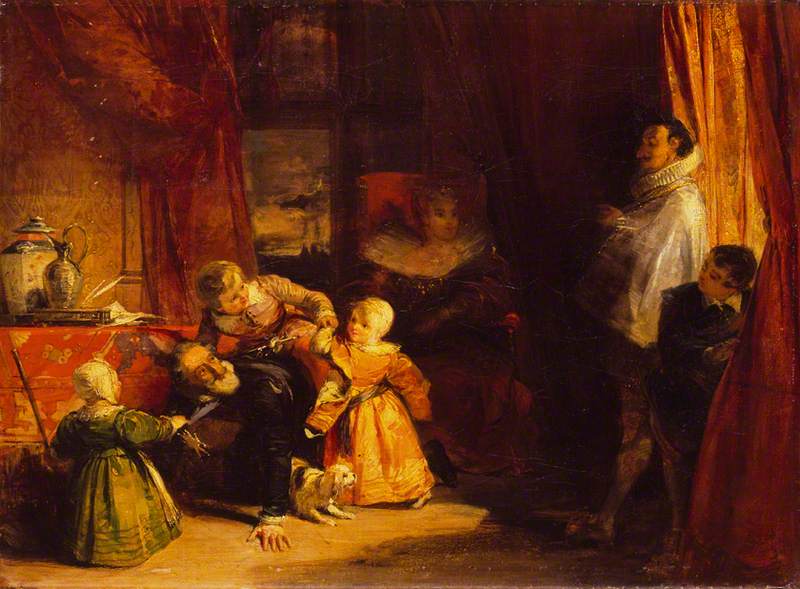
His first four children are also depicted: the Dauphin (the future Louis XIII), Gaston d'Orléans, Elisabeth of France (future queen of Spain), and Christine of France (future duchess of Savoy).
Once more, we have the portrayal of a non-serious and goofy-looking king of France – albeit a joyful and caring father. If this scene (or something like it) took place, it must have clashed with the formality of what the Spanish ambassadors were used to back home.
Another reason for Henri IV's portrayal as an endearing family man in art around this time was to express support for the Bourbon Restoration after Napoleon's defeat (Henri was the first Bourbon king of France).
Depictions of ambassadorial audiences are crucial when it comes to understanding diplomatic relations. While these portrayals of the French king might seem silly, they are also attempts to show different facets of his personality, as well as giving an insight into private audiences between monarchs and ambassadors. This was even truer for ambassadorial audiences that took place outside of Europe.
In the sixteenth century, the Ottoman Empire sent their special envoys to France, and on 18th June 1565, the Turkish Sultan's envoy Hajji Murad met with Charles IX of France in Bayonne. Relations with the Levant had always been quite tense, but diplomacy was key to resolving the issues they were experiencing around trade.
These next paintings (actually from the eighteenth century) represent European ambassadors being received by the Grand Vizier of the Ottoman Empire – a high-ranking political advisor or minister.
An Audience of a European Ambassador with the Grand Vizir
c.1740
Antonio Guardi (1699–1760) (and studio) 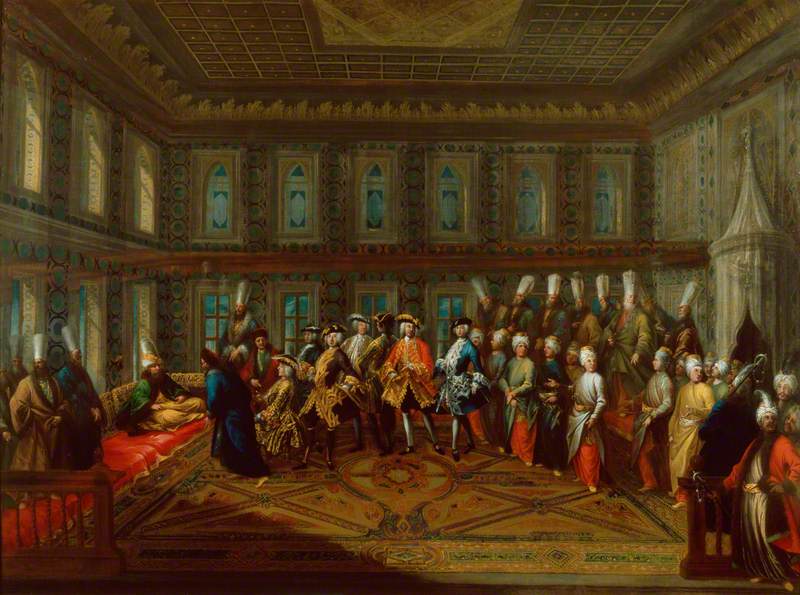
In the first painting, an audience granted to a European ambassador is depicted, and the distinction between Europeans and Ottomans is made quite clear. The Europeans are located at the centre of the painting while the Ottomans are either in the background or off to the side. The decoration of the room is sumptuous, conveying ideals of wealth and power. The bright colours worn by the Europeans, such as the reds and blues, slightly clash with the ones attributed to the Ottomans, who are wearing more earthy colours such as beige and green.
In the second painting, a dinner setting is represented, with all Europeans and Ottomans mixed together – which makes it more difficult to differentiate them from each other. The colours also seem to be more mingled, conveying the idea of a more lively setting.
Dinner Given by the Grand Vizir to a European Ambassador
c.1740
Antonio Guardi (1699–1760) (and studio) 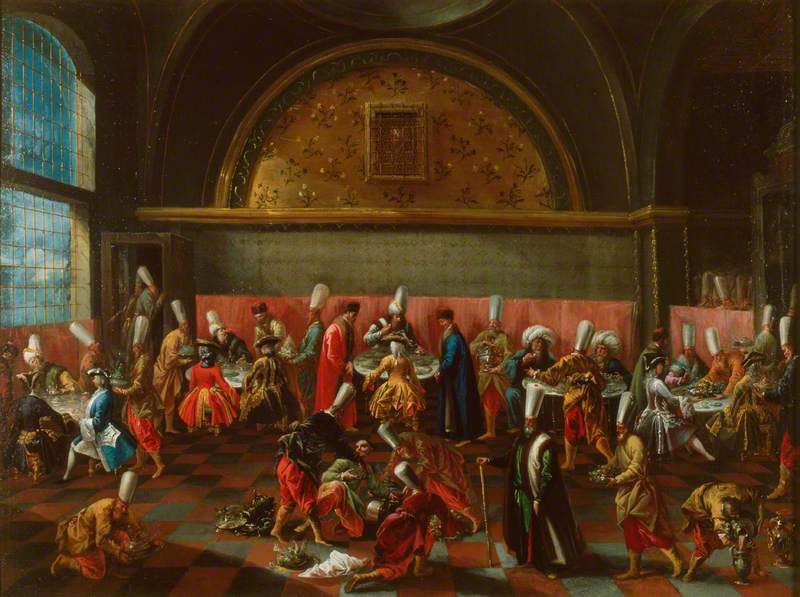
For both formal and informal audiences, it was paramount to know and master the rules of the hosting court. In 1700, an incident arose between the French ambassador, Charles de Ferriol, and Ottoman Sultan Mustafa II. Unaware of the protocols at the Ottoman court, Charles insisted on wearing his sword during his audience with the sultan, who shouted at him, 'Is it thus you violate the Laws of Nations?' He continued that ambassadors were expected 'to adapt to the traditions of the country they were visiting.'
An Audience of a European Ambassador with the Sultan
c.1740
Antonio Guardi (1699–1760) (and studio) 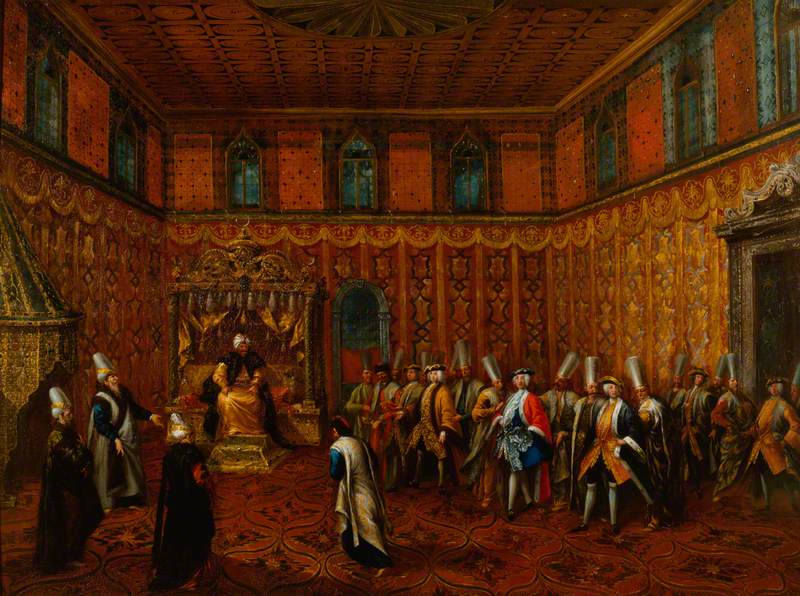
In this painting portraying an audience of a European ambassador with the sultan, we can once more see the distinction between the two parties. Yet again the colours are vivid – to represent the foreigners at court – but here, the sultan is clearly dominating both the scene and the audience.
While this ambassador's identity remains unknown, given the dates in which the Dutch painter, Aert de Gelder, might have been commissioned to do his portrait, one can guess it might be a portrait of Suleiman Aga, who in 1669 was an Ottoman ambassador to the French king Louis XIV of France. It is believed that Suleiman was credited for introducing coffee drinking to the city of Paris.
The Turkish turban is at the centre of this portrait, as the face of the ambassador can hardly be perceived, and the man's posture conveys composure and patience – two necessary qualities for any ambassador staying at the court of the flamboyant 'Sun King'.
Learning different traditions, adapting to new customs, and ensuring good relations were art forms that not everyone acquired – or even could acquire. Diplomats were more than peace-bringers or spymasters; they were also representatives of their own countries and cultures.
Estelle Paranque, historian and author
Further reading
Harriet Rudolph, 'The Ottoman Empire and the Institutionalization of European Diplomacy, 1500–1700', Islam and International Law, 2013
Michel Talbot, British-Ottoman Relations, 1661–1807: Commerce and Diplomatic Practice in Eighteenth-Century Istanbul, 2017
Tracey A. Sowerby and Jan Hennings (eds.), Practices of Diplomacy in the Early Modern World c.1410–1800, 2017
